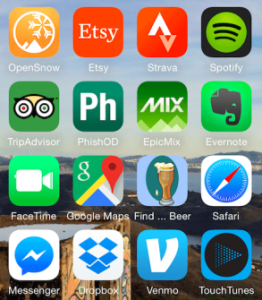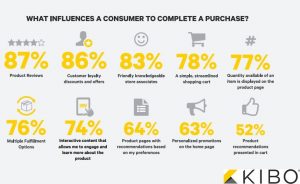
BOGO. BOGOHO. BTGOF. No, I’m not speaking in tween. Anyone with an email account has probably been spammed at least a hundred times with similar acronym-ed subject lines. The Buy One Get One Free deal is the O.G. of the retail world—a “come one, come all” to the deal-hungry. I know it well. Just last week I was influenced into buying several shirts I don’t really like that much, but what a deal.
Coupons and deals are great. They achieve their basic purpose—bringing in customers—almost without flaw. And in the many, many years businesses have been putting them to work, they haven’t evolved much. Sure, there are new incentives, new channels, and new technology, but the core function has always been getting people through the door (or, nowadays, onto your site/app).
With the explosion of social media since the turn of the millennium, that’s all begun to change, and no one stands to benefit more than small businesses. In came “The Share.” While coupons were once straightforward revenue-generators, the end goal being direct return on investment, they were now suddenly incentives for customers to run businesses’ marketing campaigns for them. Coupon profits became a byproduct of a much bigger goal: visibility. Businesses began to realize this whole thing could be done better than “Spend $ to Get $ ” and the scope was much larger than one customer’s cash.
This is news to no one. We’ve all checked in on Yelp or liked a Facebook page to get the free dessert. The thing is, very few businesses do it right. How many shares and check-ins have you deleted right after you redeemed the deal? Personally, 100%. Like many, I hate spamming social media but love a good deal. But take a company like Groupon that reimburses you for the full price of your coupon if you get friends to purchase the same one. This incentivizes me to share well, and after me, the friends I bring on board, and then my friends’ friends, till we’ve created a whole little army of redemption warriors, sharing well till our fingers cramp.
The beauty of this trickle effect is that it encourages consumers to target receptive friends who are more likely to take advantage, essentially taking you out of the equation and putting the marketing power in the hands of your (paying) customers. Have you ever heard of a marketing team that pays you to work for you? Ours certainly doesn’t. To hire your warriors, you just need a channel. Social media works, but not as well as communities that revolve around your business and encourage new recruits to continue engaging after they’ve reaped their rewards.
Example
If my business has an app and I offer an exclusive, in-app coupon to users who get 3 other friends to download, compare the results to what I’d get from a standard coupon.
Standard:
- Reward and please my existing customer.
- Earn profits from them redeeming.
- And, sure, reap the benefits of a happy customer, like word-of-mouth.
Shared:
- Reward my existing customer.
- Earn profits from them redeeming.
- Gain 3 potential new customers.
- If they accept, reward my 3 new customers.
- Earn profits from 3 new customers redeeming.
- Gain 9 potential new customers when those 3 share.
- You get it. It’s more like numbers 7-100.
There are endless way to do it, but it all comes down to one purpose, and that purpose is no longer the profit; it’s the profit times infinity.
Business & Finance Articles on Business 2 Community(203)






